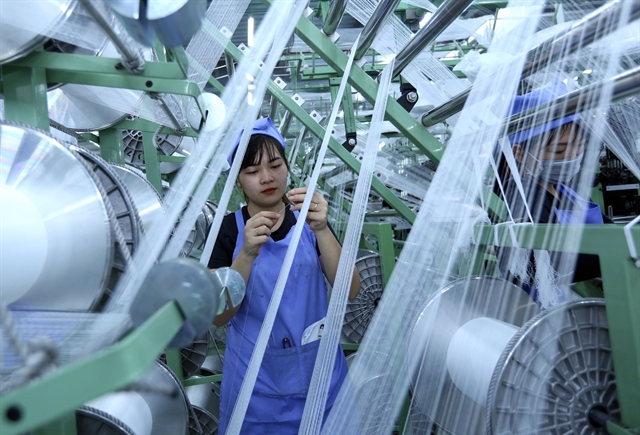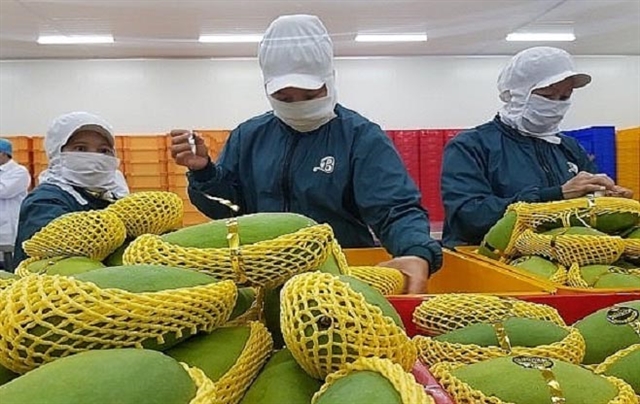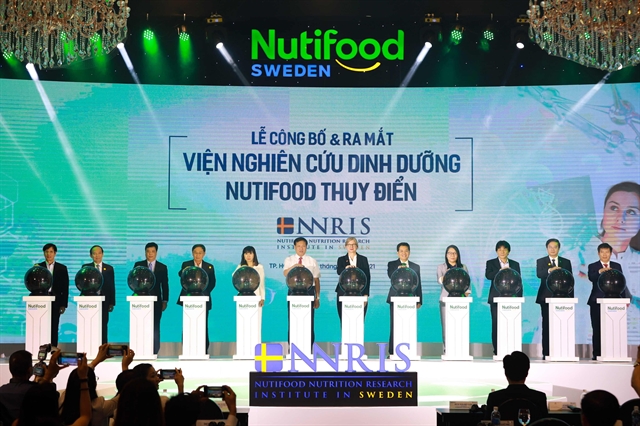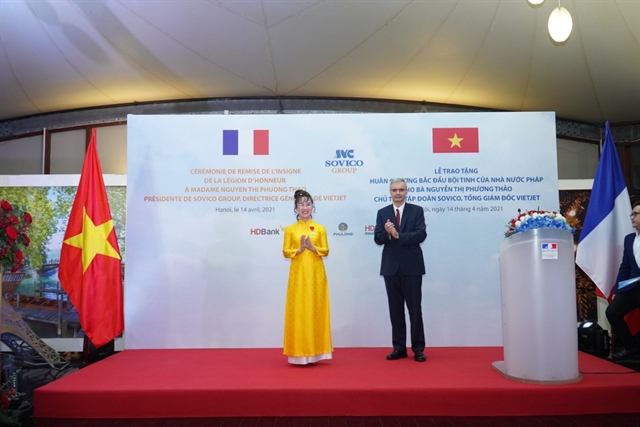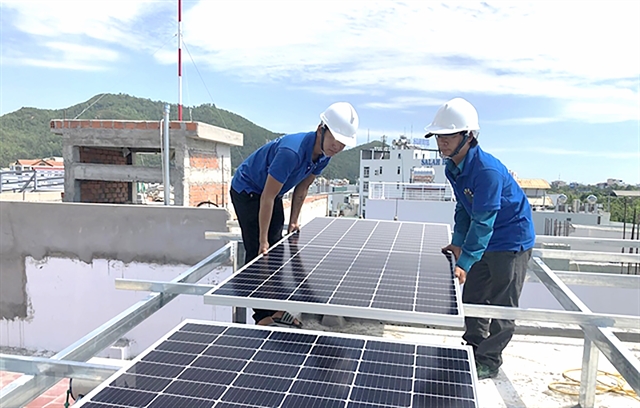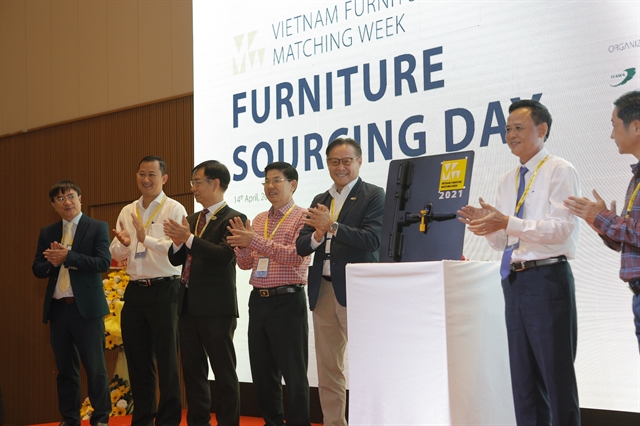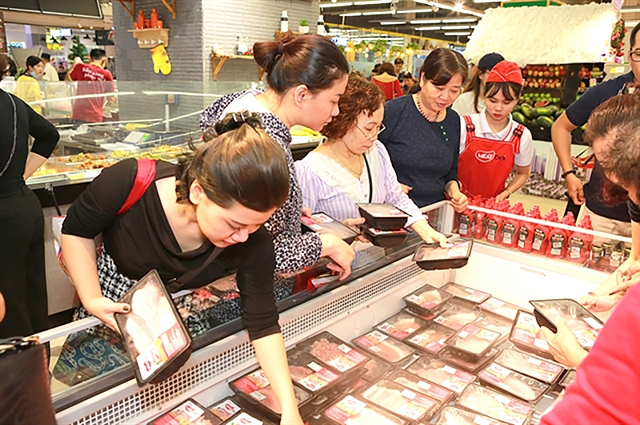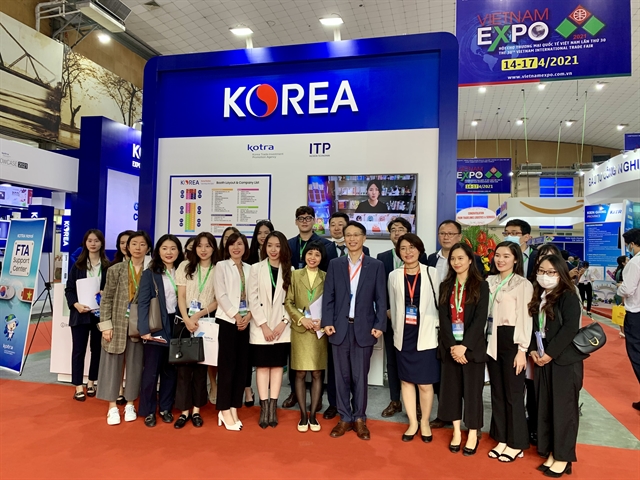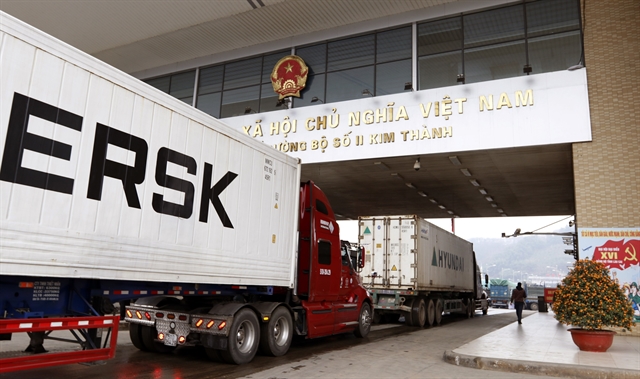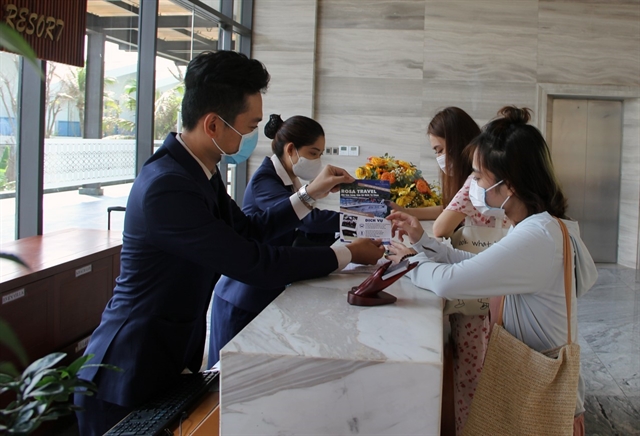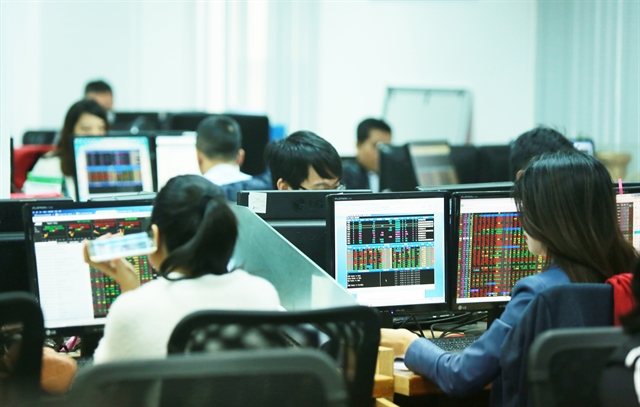
HÀ NỘI — Việt Nam's export turnover of Vietnamese goods to the 27 EU member countries has skyrocketed after eight months of implementing the EU - Việt Nam Free Trade Agreement (EVFTA), reaching nearly US$4.8 billion.
Goods exported to the EU are mainly aquatic products, textile-garment, footwear, and farm produce, reported the Import and Export Department under the Ministry of Industry and Trade.
Importing markets are mostly countries with ports and distribution and transshipment centres of the EU such as Belgium, Germany, Netherlands, and France.
The EVFTA, which took effect from August last year, has opened up great export opportunities for Vietnamese goods to the market with a GDP scale of $15 trillion.
The EU is Việt Nam's fourth largest export market. Export turnover of Vietnamese goods to this market reached $43.7 billion last year and imports from the EU totalled $18.5 billion last year.
The proportion of exports to the EU increased by 18 per cent in the first three months of this year, equivalent to an increase of $1.5 billion.
Certificates of origin have been used to help about 32 – 34 per cent of annual export revenue benefit from preferential treatment under FTAs, showing that Vietnamese businesses and goods are increasingly tapping into concessionary tariffs in the markets that have FTAs with the country, said the Ministry of Industry and Trade.
The MoIT noted from August 1 last year, when the EVFTA took effect, to April 4 this year, authorised agencies and organisations in Việt Nam granted about 127,300 sets of certificate of origin form EUR 1 for nearly $4.8 billion of exports to the 27 EU countries.
Enterprises shipping goods to the EU also conducted self-certification of origin for more than $10.88 million worth of commodities to utilise preferential tariffs.
The Ministry of Industry and Trade said that in addition to the EVFTA, new generation trade agreements such as the Comprehensive and Progressive Agreement for Trans-Pacific Partnership (CPTPP) and the UK-Việt Nam Free Trade Agreement (UKFTA) would continue to create conditions for Vietnamese goods to enter partner markets with more preferential tariffs, and with commitments to facilitate and minimise barriers. — VNS
